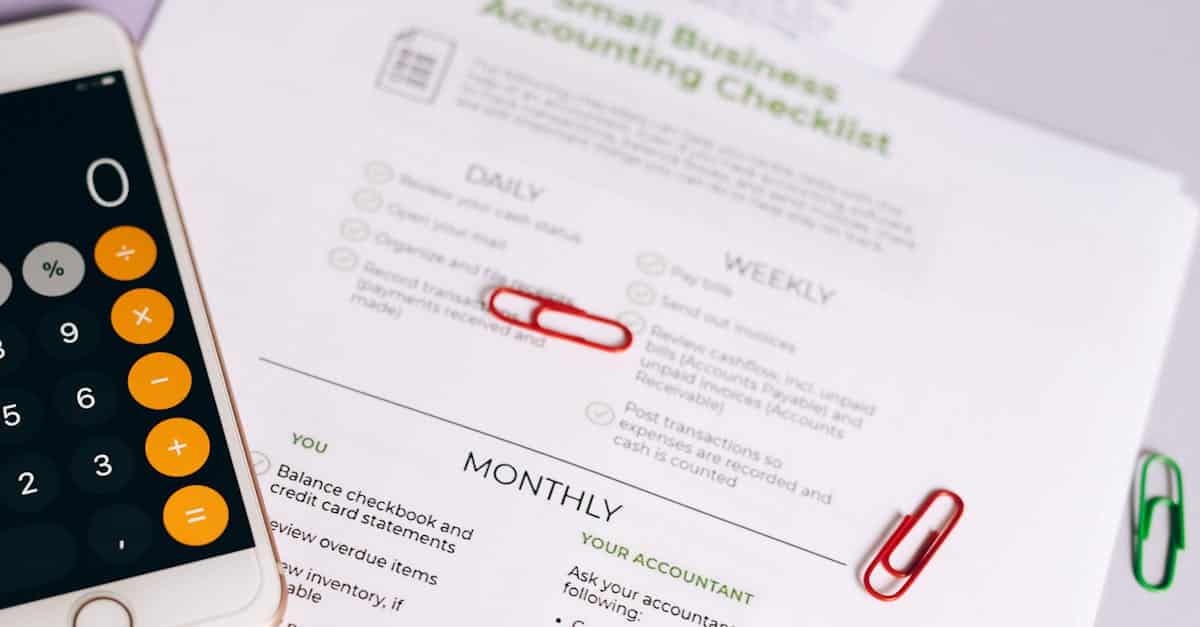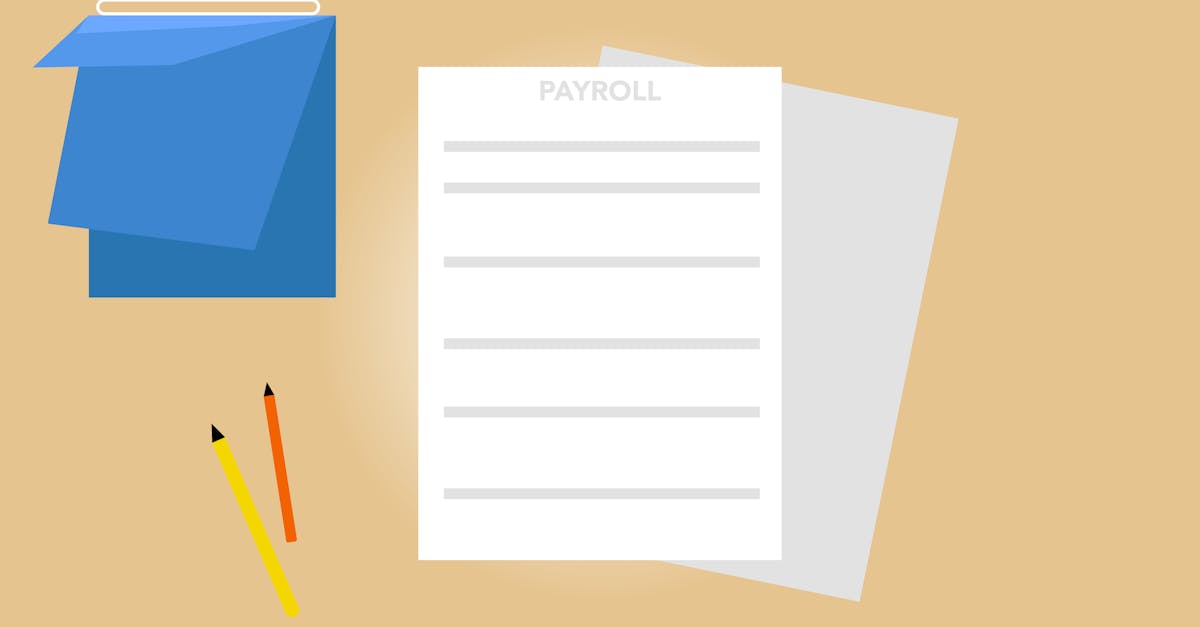
Introduction
Tired of chasing signatures, sifting through paper files, and losing time to manual processes that slow cash flow and hiring? Small businesses face that drag every day — late invoices, slow offer turnarounds, and unmanaged vendor risk. Moving core documents like invoices, job offers, service agreements, and NDAs into a single, searchable system fixes that. This guide shows how digital paperwork and document automation turn those one-off headaches into repeatable, auditable workflows that save time and reduce risk.
Use this checklist to prioritize the 12 essential templates that will deliver the fastest wins—starting with cashflow, then hiring, then vendor risk—plus step-by-step conversion, automation recipes, recommended Formtify templates, and maintenance tips so your paperless transition scales. Read on to get a practical roadmap for replacing paper with reliable, automated processes that actually move your business forward.
The must‑have digital paperwork every small business needs (invoices, offers, service agreements, NDAs)
Digital paperwork meaning: digital paperwork refers to electronic documents and fillable digital forms you use to run your business — invoices, job offers, service contracts, and non‑disclosure agreements (NDAs) included. Moving these core items into a document management system creates a reliable, searchable record and supports a true paperless office.
Essential documents and why they matter
-
Invoices — drive cashflow, reduce DSO, and automate payments and reminders. See a ready invoice template: https://formtify.app/set/invoice-e50p8
-
Job offer letters — speed hiring and standardize compensation and terms. Use a customizable offer template: https://formtify.app/set/job-offer-letter-74g61
-
Service agreements — protect revenue and clarify scope, milestones, and billing. Start from this template: https://formtify.app/set/service-agreement-94jk2
-
NDAs — control confidential info with e signature and access controls: https://formtify.app/set/non-disclosure-agreement-3r65r
These digital forms become electronic documents with e signature capability and metadata so you can automate workflows and integrate with accounting or HR systems. For small businesses looking for digital paperwork solutions for small business, these are the high‑value starters.
How to prioritize templates by impact: cashflow, hiring, and vendor risk
Prioritize by the business function that most affects outcomes: cashflow, hiring, and vendor risk. Start where a single signed document moves money or unlocks capacity.
High‑impact prioritization checklist
-
Cashflow (Top priority) — invoices, payment receipts, and billing schedules. Automate invoice templates first to shorten collection cycles and reduce manual entry.
-
Hiring (Fast second) — job offers, employment agreements, and onboarding checklists. Digital forms speed time‑to‑hire and enable remote onboarding digital paperwork.
-
Vendor & legal risk — service agreements and NDAs. These reduce exposure and clarify liability before work starts.
Quick scoring to decide order
-
Estimate dollar impact (revenue or cost) of a faster process.
-
Estimate time saved per transaction and scale by monthly volume.
-
Pick the template with the highest combined score: impact × frequency.
Use simple KPIs during prioritization: days sales outstanding (DSO), time‑to‑hire, contract cycle time, and number of vendor exceptions. That keeps choices aligned with your paperless transformation strategy.
Converting paper forms to fillable digital templates and adding e‑sign workflows
Convert in stages: inventory, digitize, build fields, add signing, and store in a document management system. This reduces manual typing and preserves structured data for automation.
Step‑by‑step conversion
-
Inventory — list all paper forms and sort by volume and business impact.
-
Digitize — scan and OCR documents or recreate them as digital forms. Use digital paperwork software that supports form field types, validation, and conditional logic.
-
Design fillable templates — add fields for names, dates, amounts, and dropdowns. Make required fields explicit to reduce errors.
-
Attach e‑signature workflows — choose an e signature provider or built‑in signing. Define signing order and authentication level (email, SMS, or identity verification).
-
Integrate and store — map fields to your accounting and HR systems, then save signed copies into a secure document management system with metadata and retention rules.
Tips
-
Start with templates for invoices and offers (examples: https://formtify.app/set/invoice-e50p8, https://formtify.app/set/job-offer-letter-74g61) to see quick wins.
-
Test the full flow end‑to‑end: fill → sign → archive → downstream sync.
-
Document the digital records management policies and who owns each template.
Automation recipes: triggers, reminders, and handoffs to accounting or HR systems
Once forms are digital, add automation recipes to remove manual follow‑ups and ensure data flows where it needs to. Think in terms of triggers, conditions, and actions.
Common automation recipes
-
Invoice sent → payment reminder schedule
-
Trigger: invoice issued and status = unpaid
-
Condition: 7 days past due
-
Action: send reminder email, add late fee, notify accounting, update ledger via API
-
-
Offer accepted → onboarding packet
-
Trigger: job offer signed
-
Action: create employee record in HRIS, send tax forms, schedule orientation, and provision access.
-
-
NDA signed → access grant
-
Trigger: NDA executed
-
Action: add signer to confidential project folder, update vendor status, notify project lead.
-
-
Service agreement signed → billing setup
-
Trigger: contract signed
-
Action: create recurring invoice schedule, push contract metadata to accounting, start project in PM tool.
-
Implementation notes
Use webhooks, API integrations, or built‑in connectors to your accounting and HR systems. Track failed handoffs and use retries. These automations are the core of workflow automation for forms and make the paperless office operational instead of just aspirational.
Recommended Formtify templates by use case and how to customise them fast
Formtify offers ready templates for the common small business needs listed earlier. Use these to get immediate results and then customise for your brand and processes.
Templates and use cases
-
Invoices — use https://formtify.app/set/invoice-e50p8 to standardize billing, attach payment links, and map fields to your accounting software.
-
Job offers & onboarding — start from https://formtify.app/set/job-offer-letter-74g61 and add conditional fields for remote vs. in‑office roles.
-
Service agreements — the template https://formtify.app/set/service-agreement-94jk2 provides clauses you can toggle depending on engagement type.
-
NDAs — use https://formtify.app/set/non-disclosure-agreement-3r65r and add e signature and expiration rules.
Fast customisation checklist
-
Branding — update logo, colors, and default footer copy.
-
Fields — remove unused fields and add required validations to reduce back‑and‑forth.
-
Conditional logic — hide/show sections based on role, contract type, or payment terms.
-
Integrations — add webhooks or use built‑in connectors to sync to your accounting, CRM, or HRIS.
-
E‑signature — ensure signing order and authentication match your compliance needs.
These quick edits turn a template into a working digital paperwork asset. If you prefer help, search for local support by looking up “digital paperwork services near me” or consider hiring internal admins — there are growing digital paperwork jobs focusing on templates and workflow automation.
Maintenance and scaling: version control, backups, and metrics to track time saved
Scaling digital paperwork requires governance: version control, secure backups, and metrics that show the ROI of going digital.
Version control & change management
-
Keep a single source of truth in your document management system. Use version tags and a change log for legal and HR templates.
-
Require approvals for template changes; store the approver and timestamp with each version.
Backups & retention
-
Automate encrypted backups and define retention policies per document type (invoices vs. HR records).
-
Ensure backup copies are stored in a separate region or provider to satisfy continuity and compliance for electronic records.
Metrics to track time saved and compliance
-
Operational — average time to fill, time to sign, and time to archive.
-
Financial — DSO change, percentage of invoices paid on time, and cost per document.
-
HR & hiring — time‑to‑hire, offer acceptance rate, and onboarding completion time.
-
Quality & risk — version error rate, number of manual corrections, and compliance audit pass rate.
Combine these metrics with a digital records management policy and periodic audits to prove the business case for your paperless office. That keeps digital paperwork part of a repeatable, auditable paperless transformation strategy rather than a one‑off project.
Summary
Final takeaway: Move the highest‑impact templates first — invoices, job offers, service agreements, and NDAs — then convert them to fillable templates, add e‑sign workflows, and automate handoffs so your paperless system becomes a reliable, auditable process. For HR and legal teams, document automation speeds hiring, enforces consistent terms, reduces vendor and compliance risk, and creates searchable records and audit trails. Adopting digital paperwork removes repetitive work and turns one‑off tasks into measurable, repeatable workflows that save time and money. Ready to get started? Explore ready templates and automation at https://formtify.app.
FAQs
What is digital paperwork?
Digital paperwork refers to electronic documents and fillable forms used to run business processes — invoices, offer letters, contracts, and NDAs. It replaces paper with structured, searchable records that support e‑signatures, metadata, and automation to reduce manual effort and improve auditability.
How do I convert paper documents to digital paperwork?
Start by inventorying forms by volume and impact, then scan/OCR or recreate them as fillable templates with appropriate field types and validations. Add e‑signature workflows, map key fields to your accounting or HR systems, and test the end‑to‑end flow before retiring the paper originals.
Is digital paperwork legally binding?
Yes — in most jurisdictions electronic signatures and digital records are legally binding under laws like ESIGN and UETA, provided the process captures intent and maintains an audit trail. Some document types (e.g., certain wills or notarizations) may have special requirements, so confirm legal rules for your industry and use identity verification or notarization where required.
What tools are commonly used for digital paperwork?
Common tools include form builders and template libraries, e‑signature providers, document management systems (DMS), OCR/scanning tools, and integrations or APIs to sync with accounting, HRIS, and CRM systems. Solutions like Formtify offer ready templates plus connectors to speed implementation and reduce custom development.
How secure is digital paperwork compared to paper?
When implemented with strong controls, digital paperwork is generally more secure than paper because it enables encryption at rest and in transit, role‑based access, audit logs, and offsite backups. However, security depends on proper configuration, vendor controls, and policies — apply access controls, retention rules, and periodic audits to manage residual risks.





